You know that brown bottle of hydrogen peroxide sitting in your bathroom cabinet? The one you pull out when someone gets a cut? Turns out it’s not just for first aid. This unassuming household solution doubles as a serious plant-boosting superhero in your garden. It’s water with an extra oxygen atom thrown in, but that tiny molecular difference can work wonders for your leafy friends.
What Makes Hydrogen Peroxide Special for Plants?

Let’s get slightly technical for a minute. Hydrogen peroxide (H₂O₂) contains that crucial extra oxygen molecule that regular water lacks. Mother Nature already figured this out. It’s why rainwater makes plants perk up better than tap water. Rainwater naturally contains hydrogen peroxide formed when sunlight interacts with moisture in the atmosphere. When you use H₂O₂ in your garden, you’re essentially giving your plants a rainstorm in a bottle, minus the thunder and wet socks.
Benefits Your Plants Will Thank You For
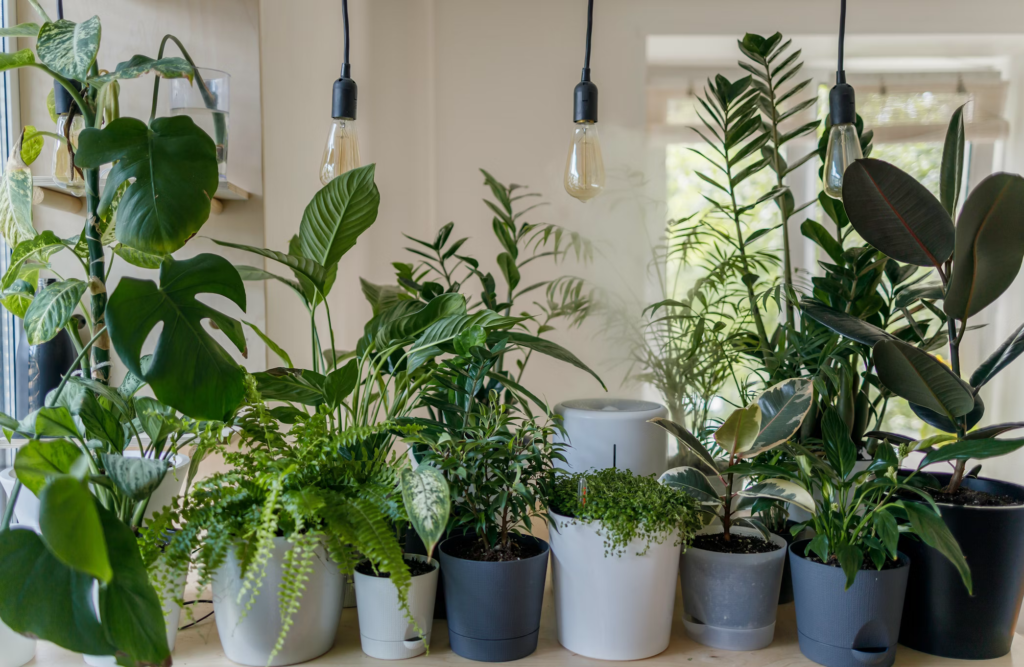
If plants could talk, they’d probably rave about hydrogen peroxide. It stops root rot by killing those nasty microorganisms that make roots turn to mush. It beefs up root systems so they can slurp up nutrients more effectively. Got fungus gnats buzzing around your houseplants? Hydrogen peroxide tells them to pack their tiny bags. The best part? Unlike harsh chemicals that hang around forever, hydrogen peroxide breaks down into just water and oxygen.
- Prevents and treats root rot by killing harmful bacteria
- Promotes stronger, healthier root systems
- Combats fungus gnats and other pests
- Helps plants absorb nutrients more efficiently
- Creates an environment hostile to plant diseases
- Increases seed germination rates
Read More: 13 Surprising Uses for Hydrogen Peroxide
How to Properly Mix Hydrogen Peroxide for Plants
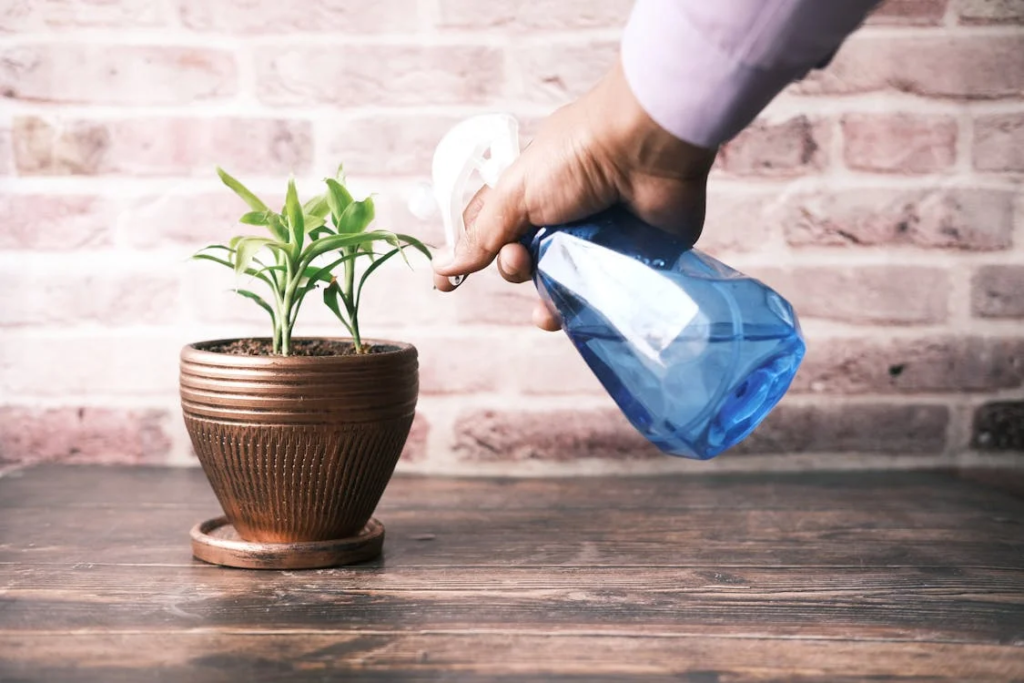
You need the right mix or you’ll do more harm than good. Grab the standard 3% hydrogen peroxide from your local store. For everyday plant maintenance: 4 tablespoons of hydrogen peroxide to 1 liter of water. Use this mixture every second or third of watering to keep your plants thriving without overdoing it. Your soil microbiome will maintain a healthy balance, with the good guys flourishing and the troublemakers kept in check. If you’re targeting specific issues, adjust your formula accordingly:
- Root rot situations: Go stronger with equal parts hydrogen peroxide and water
- Fungus gnat invasion: Mix 1 part hydrogen peroxide with 4 parts water
- Seed germination boost: Just 1 tablespoon of hydrogen peroxide in 250ml water does the trick
Saying Goodbye to Root Rot
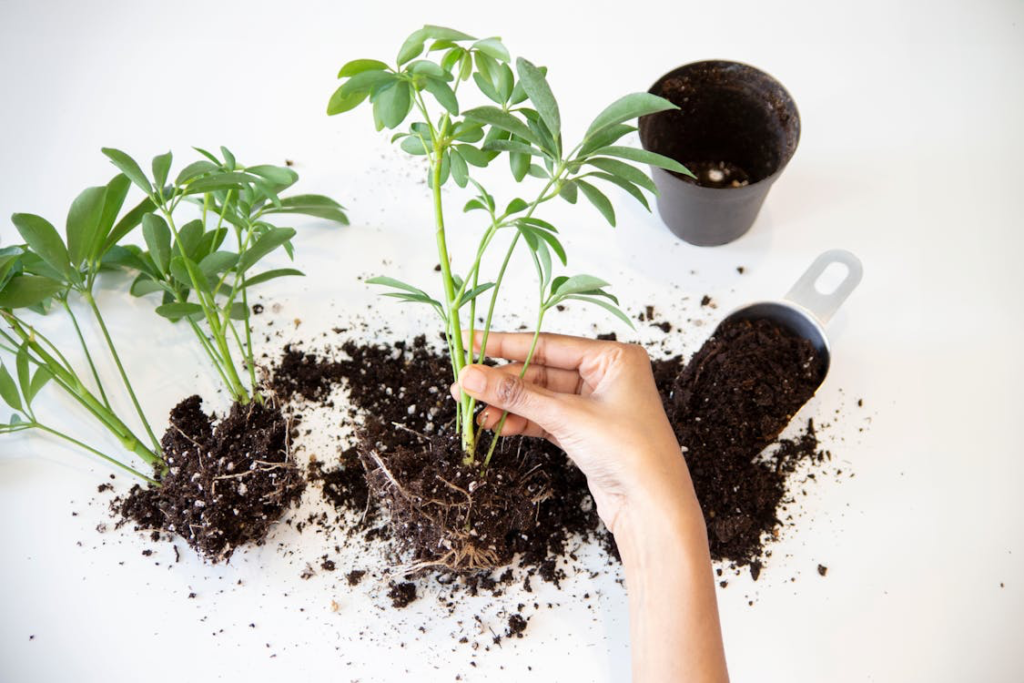
Root rot is plant gangrene. Left untreated, it’s usually a death sentence for your green buddies. But catch it early, and hydrogen peroxide can turn things around dramatically. When you spot the telltale signs: yellowing leaves, stunted growth, and that unmistakable swamp smell coming from the soil, it’s time for emergency surgery. Carefully extract your plant, wash off all the soil, and amputate any black, mushy roots with clean scissors. Then give the survivors a hydrogen peroxide bath (equal parts peroxide and water) before replanting in fresh soil.
Eliminating Fungus Gnats

Those tiny flies doing loop-de-loops around your houseplants aren’t just annoying. They’re laying eggs in your soil andtheir larvae are munching on your plant roots. Hydrogen peroxide evicts them quite effectively. Wait until the soil surface dries out, then drench it with your gnat-killing solution (1 part hydrogen peroxide to 4 parts water). You’ll see the solution fizz and bubble like a science fair volcano. That’s the peroxide obliterating the larvae and eggs. For stubborn infestations, repeat weekly and maybe add some yellow sticky traps for the adults.
Boosting Seed Germination
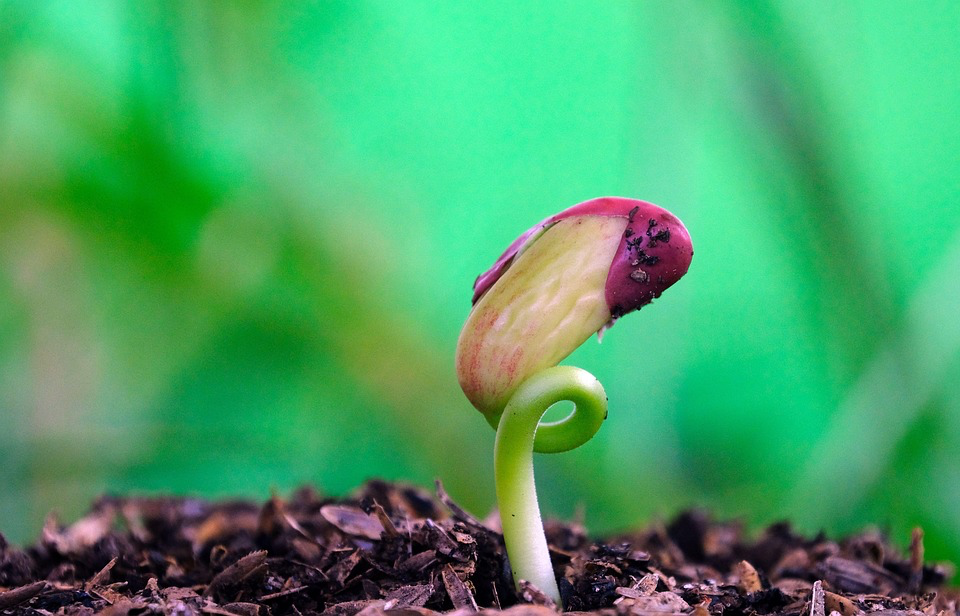
Want to see your seeds sprout faster? Hydrogen peroxide gives seeds a head start in life. Mix a tablespoon of the stuff with 250ml of water and soak your seeds for a few hours before planting. The soaking time varies; smaller seeds need less time, while tougher seeds like morning glories benefit from a longer bath. The peroxide softens the seed coat, pumps in extra oxygen, and kills any lurking pathogens that might cause damping.
Incorporating Hydrogen Peroxide into Your Regular Plant Care Routine
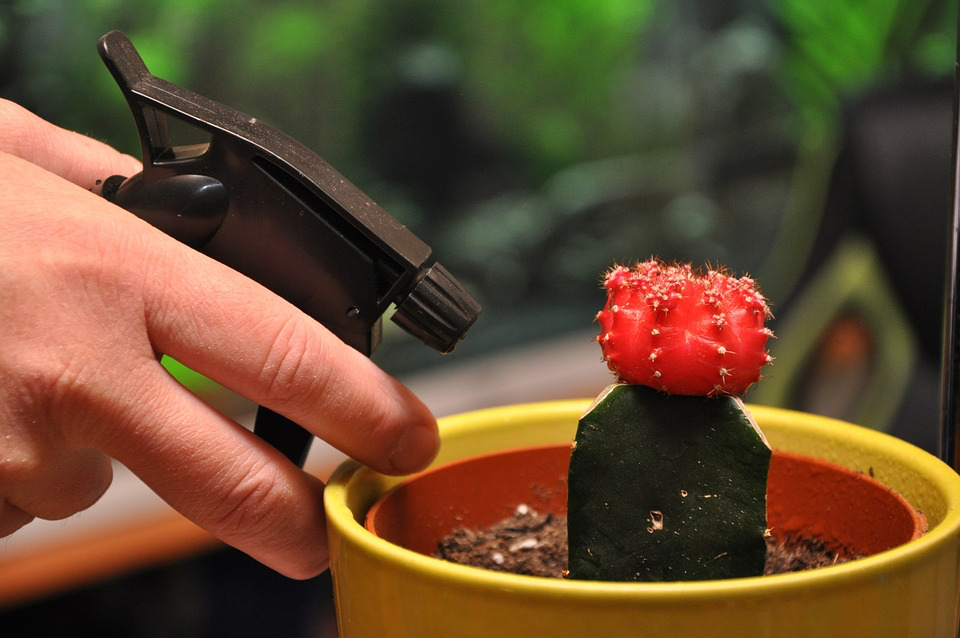
For maintenance, you don’t need to go overboard. Using the diluted solution (remember, 4 tablespoons per liter) every third watering or so keeps things in balance. Focus on the soil, not the leaves. If you want to try foliar application, test a small area first and give it a couple of days to see how your plant responds. Some plants are just more sensitive than others.
Read More: 10 Super Surprising Household Hacks Using Laundry Detergent
A Few Words of Caution
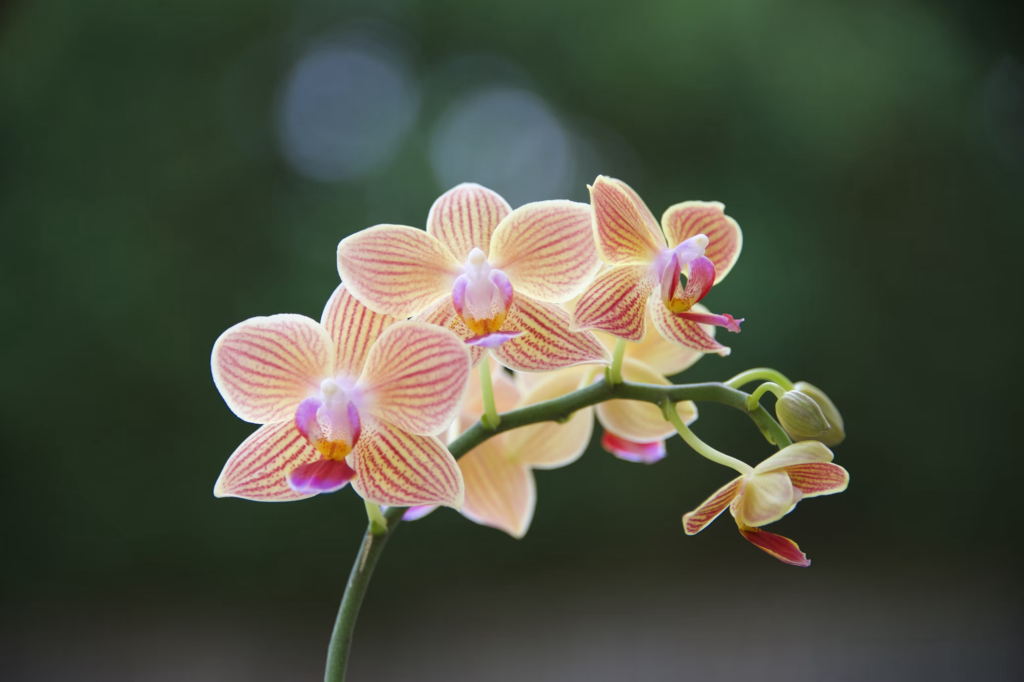
Hydrogen peroxide is generally plant-friendly, but there are some guardrails to keep in mind. First, stick with the standard 3% solution. Second, delicate plants like orchids, peace lilies, and maidenhair ferns can be sensitive to direct application to their leaves. Third, more isn’t better. Even good things become problematic in excess. Your plants need some recovery time between treatments.
- Always use the 3% concentration, not stronger versions
- Some sensitive plants may react poorly to foliar application
- Don’t overuse – beneficial treatments can still stress plants
- Always test on a small area with new plants
Final Thoughts: Simple Science for Better Gardening
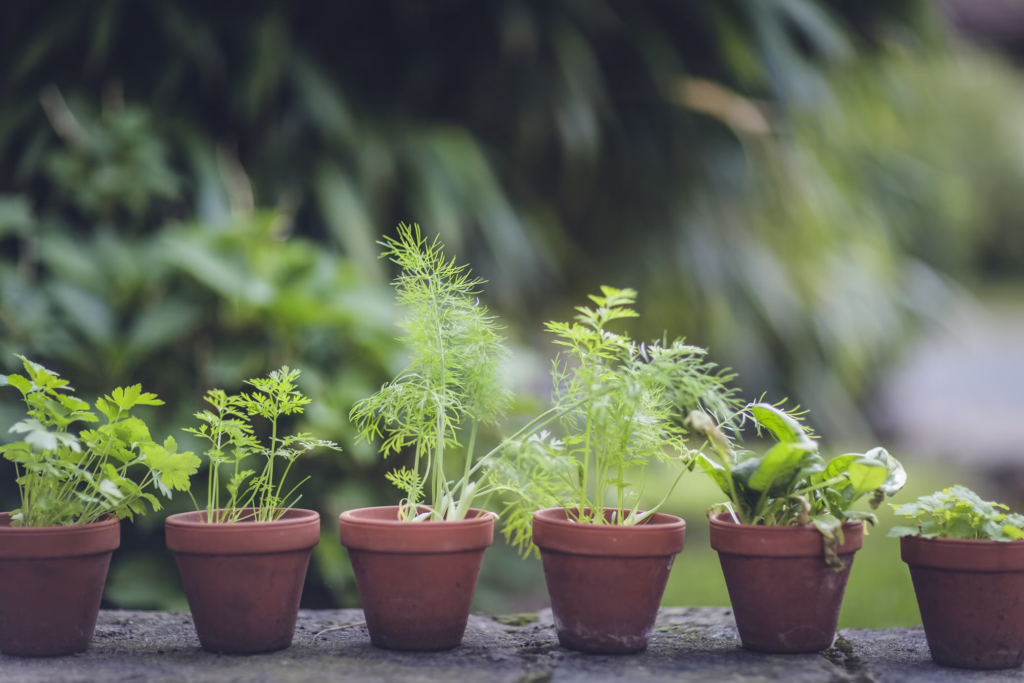
There’s something wonderfully satisfying about using basic science to solve gardening problems. Hydrogen peroxide isn’t some fancy, marketing-hyped product with mysterious ingredients and inflated claims. It’s straightforward chemistry that delivers results. Whether you’re a seasoned plant parent with a jungle-worthy collection or just trying to keep your first pothos alive, this unassuming solution deserves a spot in your plant care routine. Next time you’re at the store, grab an extra bottle. Your medicine cabinet can be shared with your garden. Your plants will thank you, even if they can’t say it out loud.

